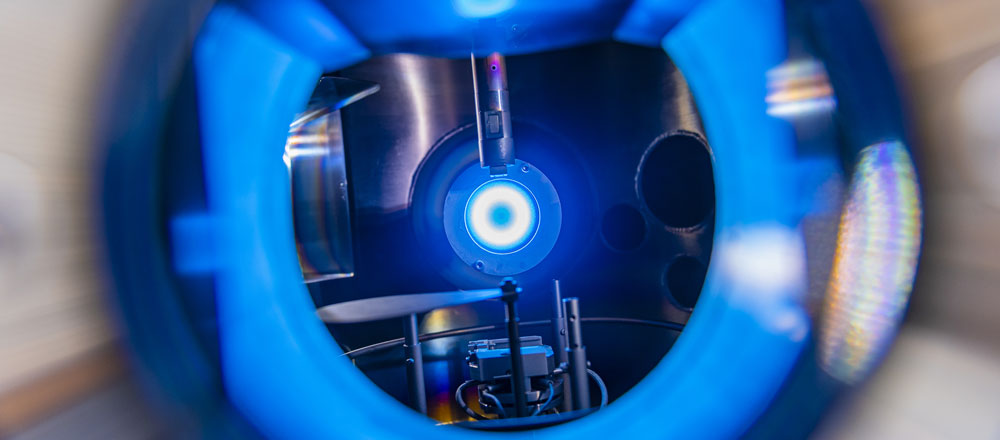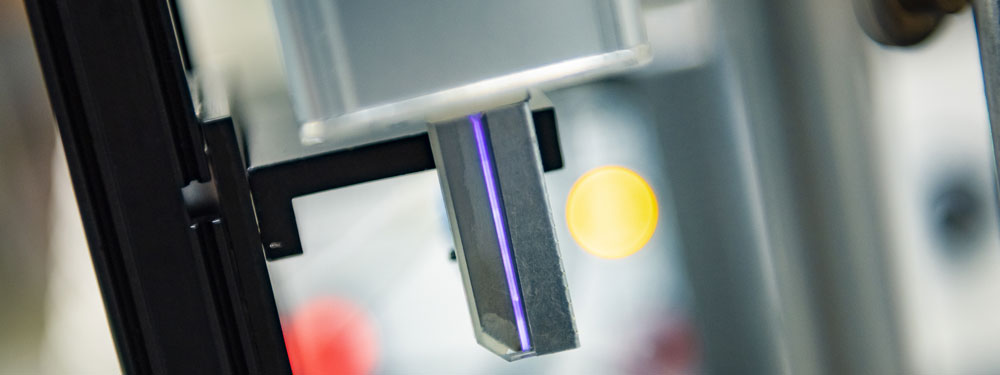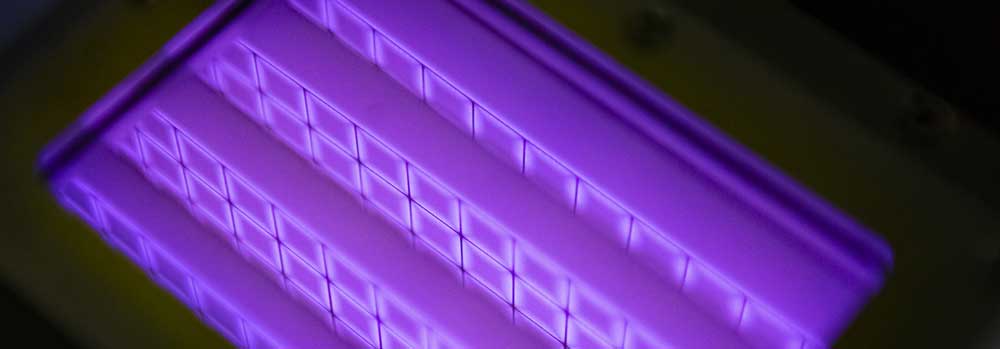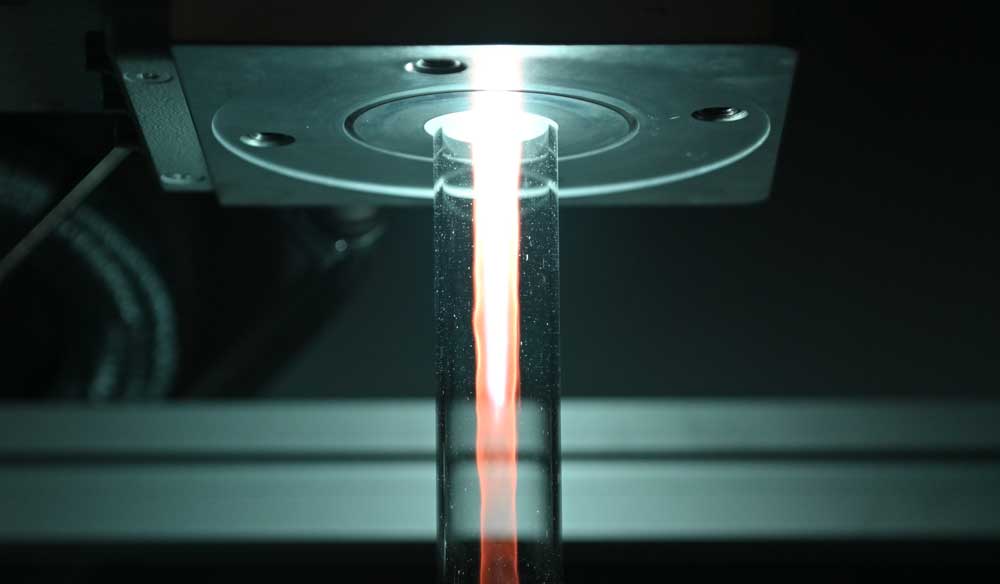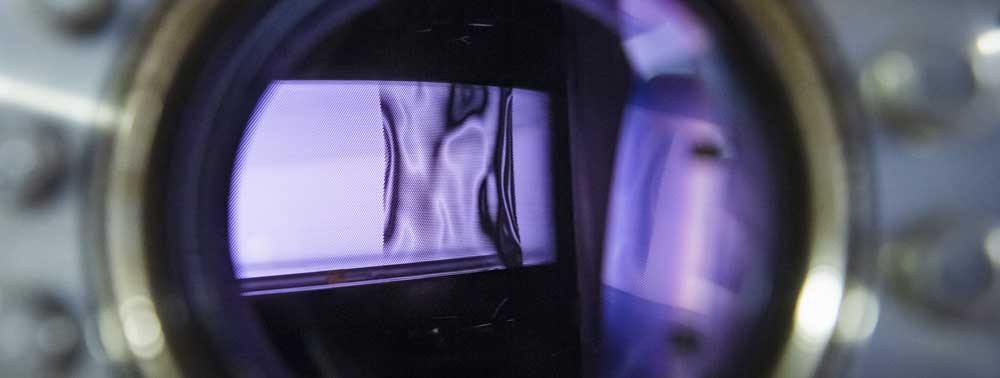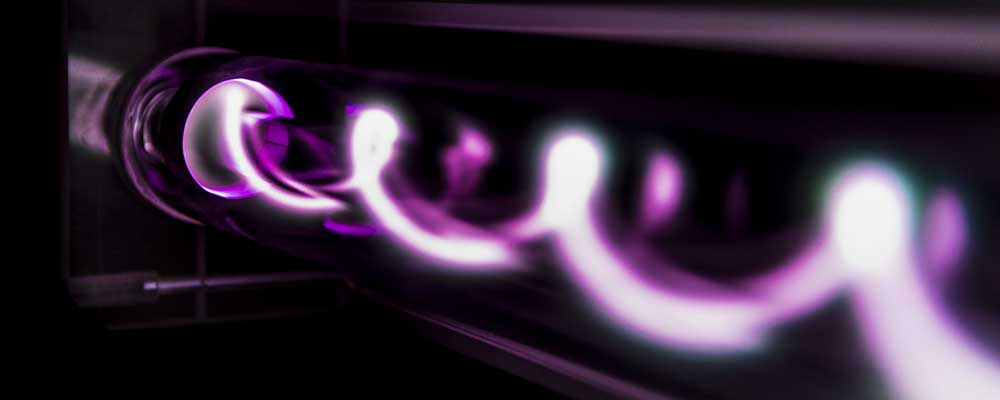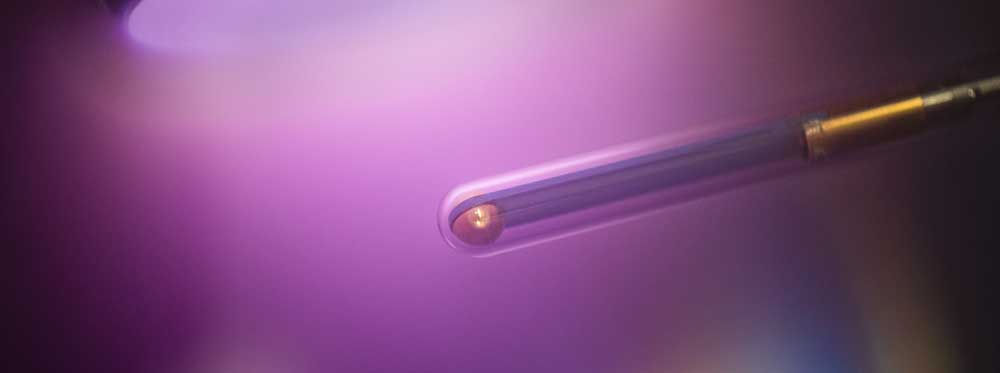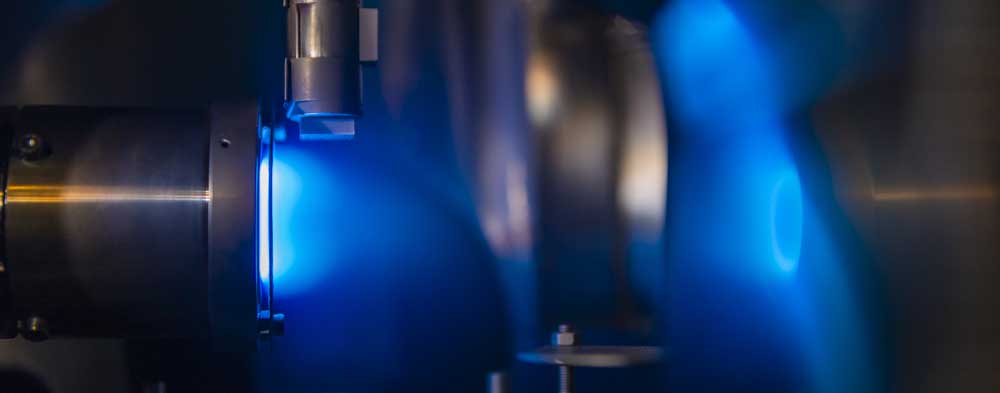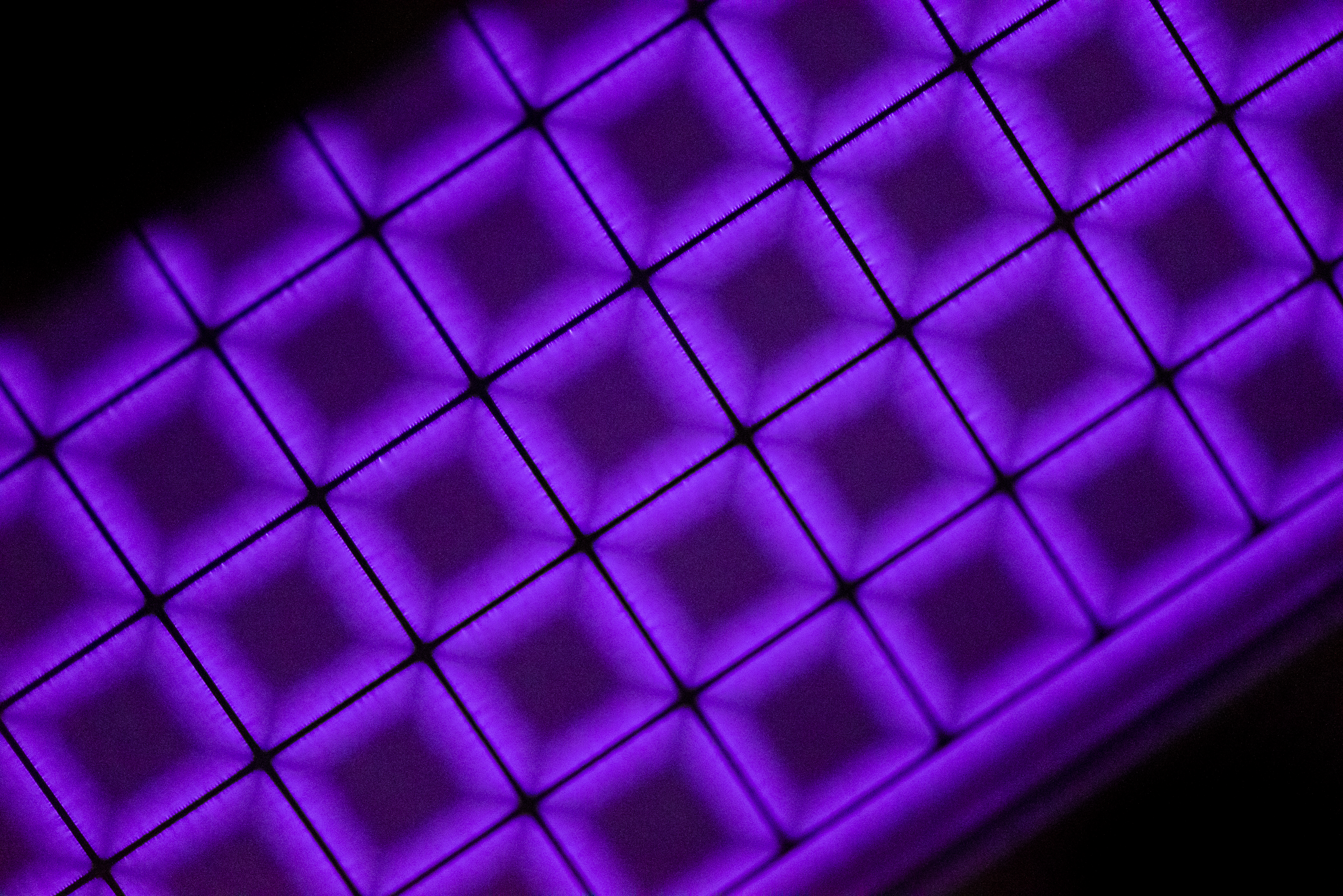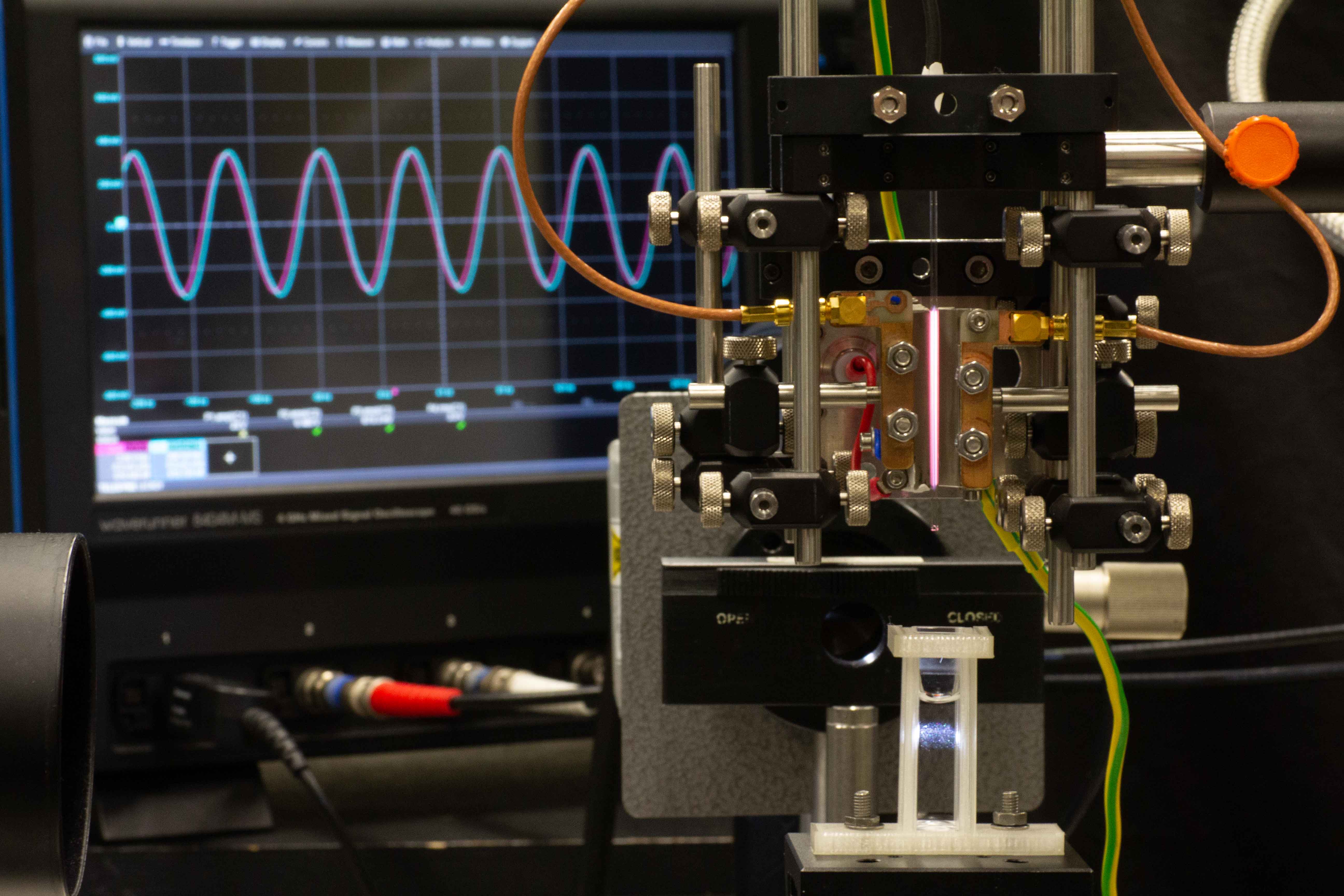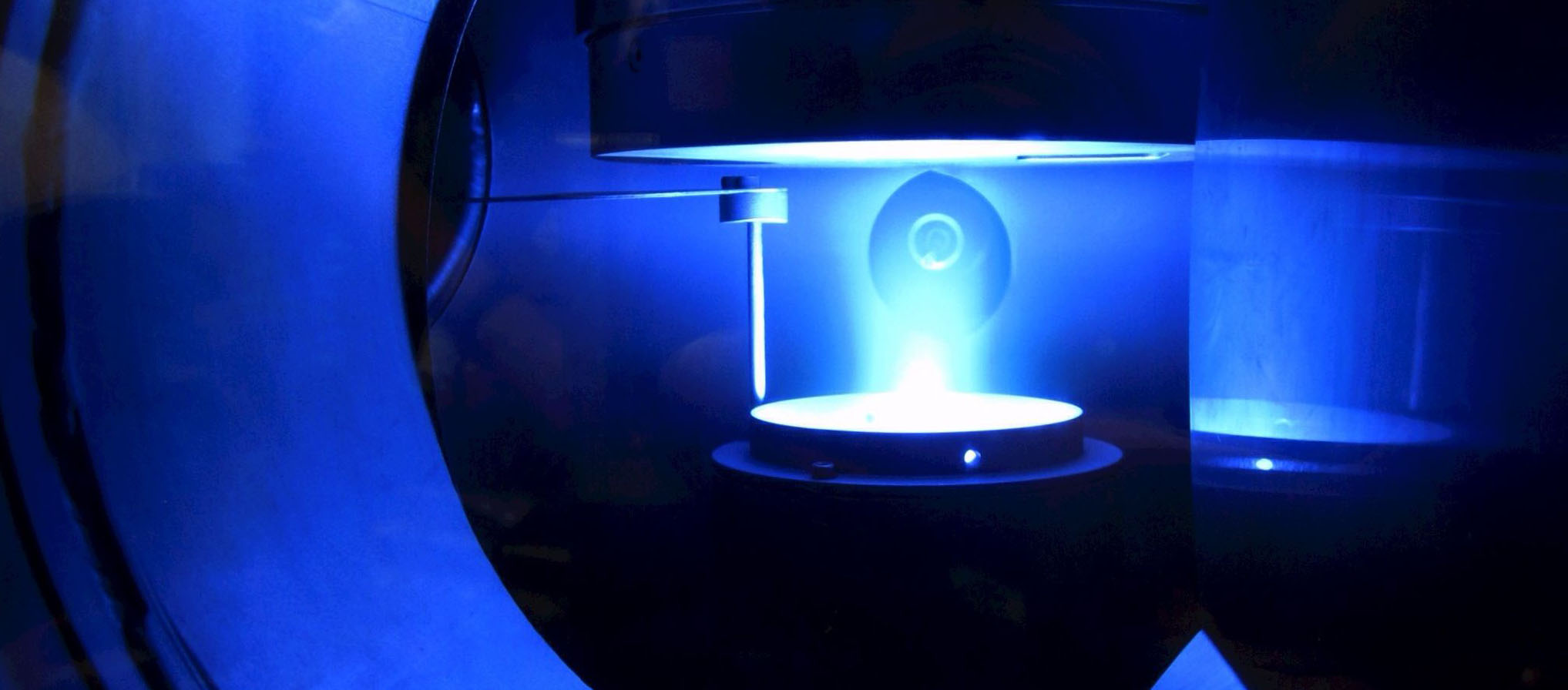Three Collaborative Research Centers enter the third funding phase
Collaborative Research Center/Transregio 87 "Pulsed high-power plasmas for the synthesis of nanostructured functional layers".
The path to new materials on the surface of classic materials, for example for electromobility, energy technology - for solar cells, for example - but also medical technology, for example for packaging and sterilization, leads via plasma technology. Researchers from plasma technology, plasma physics, materials science and interfacial chemistry work together in the Collaborative Research Center/Transregio 87 "Pulsed High-Power Plasmas for the Synthesis of Nanostructured Functional Layers".
The subject matter includes, for example, ceramic layer systems on metal substrates and silicon or carbon-containing oxide layers on plastic substrates. "For this purpose, we use the latest source technology, some of which we have developed ourselves, and investigate the resulting layers with a broad spectrum of plasma diagnostics, some of which have also been newly developed, and unique single-particle beam experiments," explains spokesman Prof. Dr. Peter Awakowicz.
The research focuses on pulsed high-power plasmas. The aim is to explore and quantify the relationships between material properties and plasma parameters and to use them for plasma control, layer development and coating control. In this way, the researchers aim to overcome the empirical approach that has predominated to date and develop a physically and chemically based understanding of the process.
In the coming funding phase, the participants intend to make the knowledge and methods gained so far available to other coating processes, reactor systems, surface and material systems, and computer codes.
adapted from Meike Drießen (RUB)
